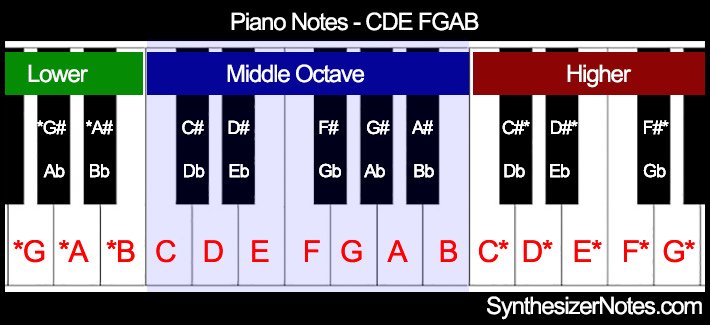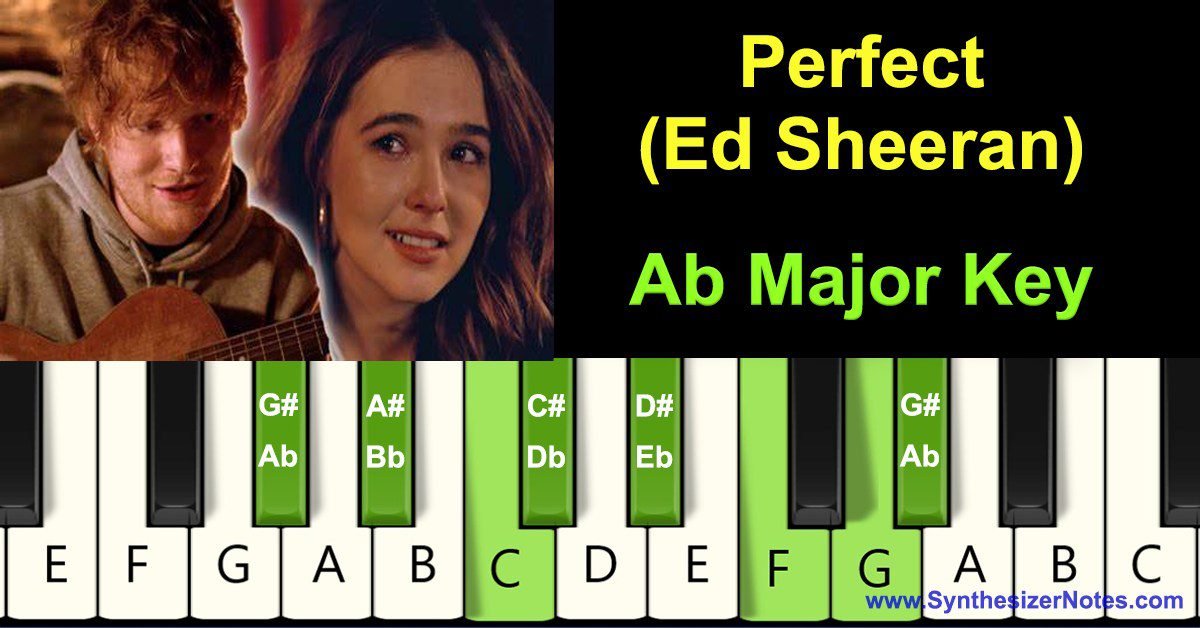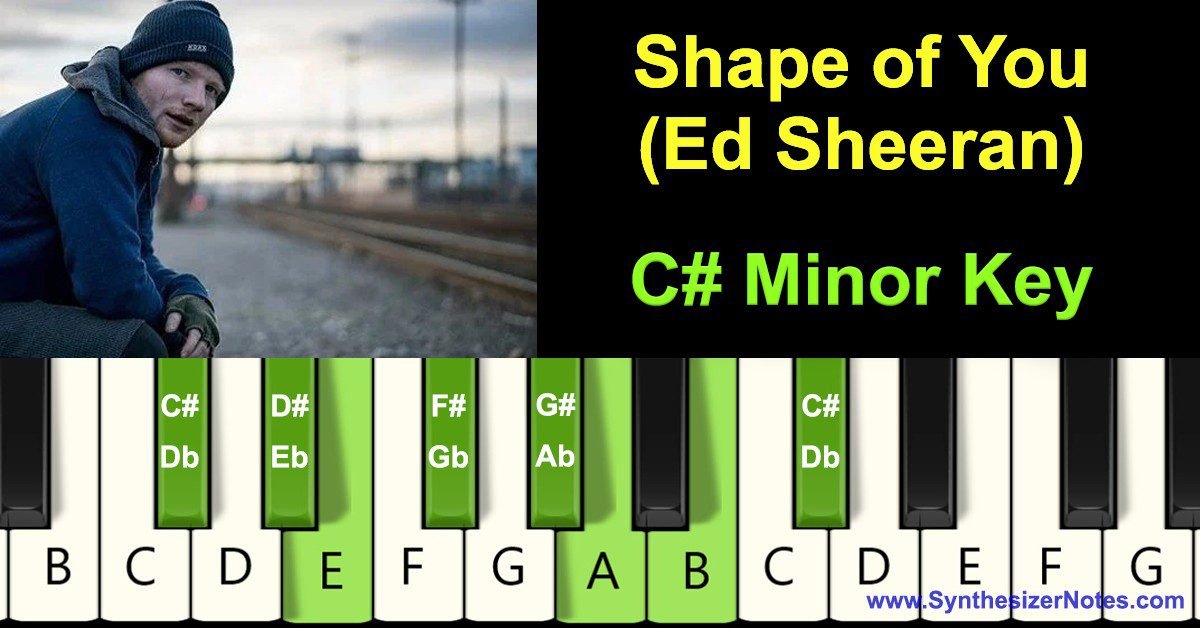<<<< The Basics of Piano Scales
Continued from Piano Scales: A Step-by-Step Guide
This is the second post in the “Piano Scales for Beginners” series. If you haven’t read Part 1 yet, please read the first post in this series before continuing. The link for that post is:
<<<< Piano Scales: A Step-by-Step Guide for Beginners
In the previous post on piano scales, we covered the basics of piano scales. such as:
- What is a piano scale?
- A series of notes in the piano scale means what?
- Why is it important to learn piano scales? and
- What are the different types of piano scales?
In this post, we will build on those basics and discuss an important topic: What are major scales and minor scales, and how are they formed?
Concept of Steps or Tones
We saw in our last post that a scale is a group of 5 or 7 notes arranged in an order that sounds good together.
Understanding piano scales requires knowledge of whole steps and half steps, as the concept of scale formation depends on these concepts.
The Whole Step is also called Full Tone or Whole Tone, and
Half Step is also called Half Tone or Semitone.
However, in this post, we will only use the terms “whole-step” and “half-step” to avoid confusion. Because tone is also sometimes used to refer to a different musical concept, namely the quality of a sound, For example, a bright tone or a dark tone.
So, now let’s see what the whole step and half step are and how they play a crucial role in the formation of major and minor scales.
First, we will discuss half step, because two half steps will form one whole step.
What is a Half Step or Semitone?
We know that there are 12 keys in an octave on the piano.

They are arranged in an order of C, C#, D, D#, E, F, F#, G, G#, A, A#, B, where CDEFGAB are white keys and C#, D#, F#, G#, and A# are black keys that are situated in between white keys.
A half step is the distance or interval between two adjacent keys on a piano keyboard. It is the distance between the two keys that are separated by no other keys.
So, the semitone is the smallest musical interval.
For example, the distance between C and C# is a half-step. Other examples of half-steps include the intervals between C# and D, D and D#, D# and E, E and F, and so on.
In an octave from C to the next C, there are twelve semitones.
Now, what is the whole step on the piano keyboard?
What is a Whole Step?
A Whole Step is made up of two Half Steps or two semitones.
A whole step is the distance between two keys on a piano keyboard that are separated by one key (it doesn’t matter whether the key is white or black).
The distance between C and D is an example of a whole step because there is a C# key between C and D. Similarly, intervals between D and E, F and G, G and A, and A and B are also whole steps.
So, in an octave from C to the next C, there are five whole steps.
You can also find whole steps from black keys. For example, the whole step above D# is F because there is an E key between D# and F. Similarly, the whole step above F# is G#, the whole step above G# is A#, and the whole step above A# is C of the next octave.
A whole step is not the distance between two white keys since E and F are white keys, but the interval between them is a semitone. Similarly, the interval between B and C is also a semitone.
Summary – A half step is the smallest musical interval between two adjacent keys of the keyboard, and a whole step is formed from two half steps.
We will now see how piano scales are constructed using the intervals of whole steps and half steps.
What is the Major Scale?
The major scale is the most common type of scale used in music. It is a seven-note scale that has a bright and cheerful sound.
The major scale pattern or the formula to form a major scale is as follows:
(W W H – W W W H)
- W means the Whole step and
- H means Half step
Whole step – whole step – half step – whole step – whole step – whole step – half step.
Now, if we want to construct a major scale from C, we will start with C, and then, using the above formula, we will add the next notes to that scale.
C – Whole step D – whole step E – half step F – whole step G – whole step A – whole step B – half step C.
So, the seven notes in the C major scale are C, D, E, F, G, A, and B.
Now we will construct one more scale, starting with the black key. Let’s use the black key, F#..
F# – Whole step G# – whole step A# – half step B – whole step C# – whole step D# – whole step E# (means F) – half step F#.
So, the seven notes in the F# major scale are F#, G#, A#, B, C#, D#, and E# (means F).
Similarly, we can construct 12 major scales from the 12 keys of an octave, i.e., C, C#, D, D#, E, F, F#, G, G#, A, A#, and B, using the formula (W W H – W W W H).
All 12 major scales – major scales with sharps, major scales with flats, and enharmonic major scales – are given on page – Major Scales – List.
For a complete list of major scales and their notes, please click the link below:
What is the Minor Scale?
The minor scale is a seven-note scale that has a darker and more somber sound. It is also a very common type of scale used in Western music.
There are several different types of minor scales, but one of the most common is the natural minor scale.
The natural minor scale pattern or the formula to form a natural minor scale is as follows:
(W H – W W H – W W)
- W means the Whole step and H means Half step
Whole step – half step – whole step – whole step – half step – whole step – whole step
Now, if we want to construct a natural minor scale from C, we will start with C, and then, using the above formula, we will add the next notes to that scale.
C – Whole step D – half step Eb – whole step F – whole step G – half step Ab – whole step Bb – whole step C
So, the seven notes in the C minor scale are C, D, Eb, F, G, Ab, and Bb.
In the same way, we can construct a natural minor scale from any key of an octave, i.e, C, C#, D, D#, E, F, F#, G, G#, A, A#, and B, using the formula (W H – W W H – W W).
- Perfect - Ed Sheeran (Easy)
- Shape of You - Ed Sheeran
- Can't Help Falling In Love - Elvis Presley (Easy)
- Faded - Alan Walker - Notes and Chords (Updated)
- A Million Dreams - The Greatest Showman (Easy - Updated)
- Mamma Mia - ABBA
- Everything I Do, I Do It for You - Bryan Adams
- A Sky Full of Stars - Coldplay (Notes and Chords)
- Diamonds - Rihanna
- Demons - Imagine Dragons
- Used To Be Young - Miley Cyrus
- Fairytale - Alexander Rybak
- You Are Not Alone - Michael Jackson
- Let It Be - The Beatles
- Believer - Imagine Dragons (Melody and Chords)
- The Winner Takes It All - ABBA
- My Heart Will Go On - Celine Dion (Easy - Melody and Chords)
- The Scientist - Coldplay
- Let Her Go - Passenger
- Shallow - Lady Gaga - Bradley Cooper







